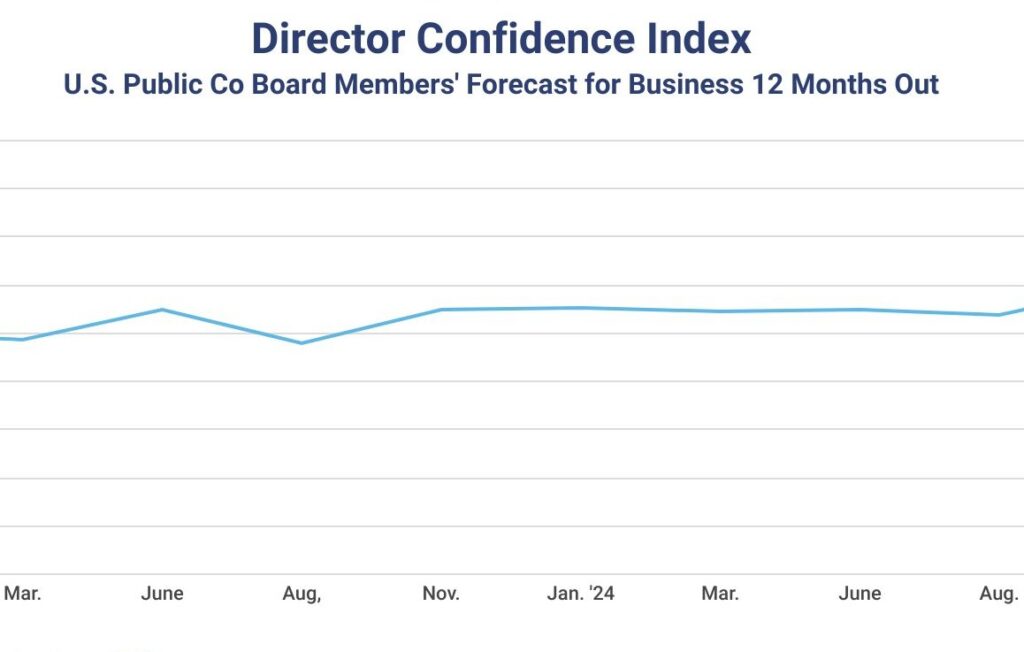 There is evidence that corporations made some progress adding non-white and female directors to their corporate boards in 2021, but determining the significance of those gains is debatable. While any optimism regarding increases in Black, Hispanic, Asian and female board members is welcomed, news reports that 17 states have filed lawsuits claiming Nasdaq’s board diversity policy amounts to an illegal quota system demonstrate that last year’s board diversity gains may not be sustainable. It is clear that resistance to board diversity still exists.
There is evidence that corporations made some progress adding non-white and female directors to their corporate boards in 2021, but determining the significance of those gains is debatable. While any optimism regarding increases in Black, Hispanic, Asian and female board members is welcomed, news reports that 17 states have filed lawsuits claiming Nasdaq’s board diversity policy amounts to an illegal quota system demonstrate that last year’s board diversity gains may not be sustainable. It is clear that resistance to board diversity still exists.
Even so, board diversity took a positive step forward in 2021. According to ISS Corporate Solutions, directors from underrepresented groups increased their share of board seats at companies on the Russell 3000 index from 14 percent in 2020 to 17 percent last year. The percentage of women directors at Russell 3000 companies also increased, jumping from 24 percent in 2020 to 27 percent last year.
There was significant growth in the number of Black directors, as they garnered 535 appointments which raised their total to 1,919 directors—a 40 percent increase. Black directors now account for 7.4 percent of Russell 3000 directorships. In 2019 they accounted for 4.5 percent. Meanwhile Hispanic directors saw a 15 percent increase among Russell 3000 companies, making up only 3 percent of directors.
The increase in minority and female directors suggests that some of the messaging from board diversity advocates has at least gotten a group of companies to broaden their selection process when appointing new board members. However, changing the lack of diversity in U.S. corporate board rooms will take a significant amount of time because only a limited number of board seats become available each year, and the majority of those appointments are made to white men and women. According to ISS, at the end of last year, eight out of ten board members were white, and six of ten were white men.
The increase in the number of minority directors, particularly Black directors, also tells us that there is a group of very accomplished executives in the marketplace that have the qualifications to serve on boards, but for multiple reasons, have not been considered worthy until now. Pressure from institutional shareholders, regulators and others has helped open the door to these executives and corporations are now in position to reap the benefits of this new found human capital. It will be interesting to observe the firms that add diverse board members over the next three to five years, to see how they fair against competitors that may not have diversified their boards as quickly.
For 2022, the question of board diversity remains a significant consideration for boards. Shareholders continue to request disclosures around diversity issues and directors will be asked to weigh in on whether they agree with board diversity rules and other shareholder requests for diversity data. This year, more directors may face withhold votes regarding their re-election to the board based on past decisions regarding board diversity issues, so there is much to consider. Adding diverse directors is becoming more of an accepted practice in governance circles. Board members have the power to create more inclusive cultures that promote board diversity in the future or continue practices that have favored board appointments based on insider relationships over needed skills and independent thinking.







